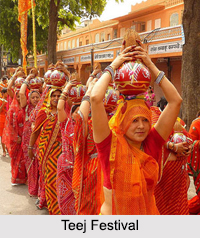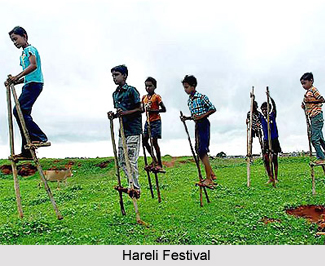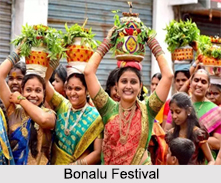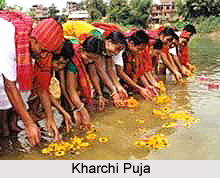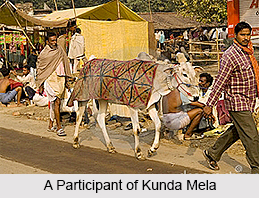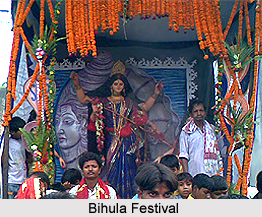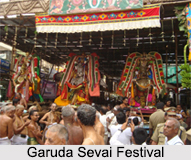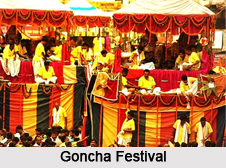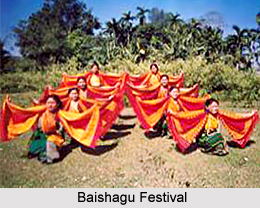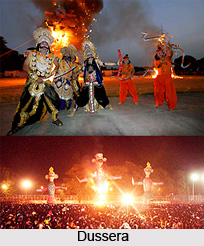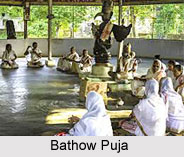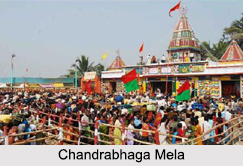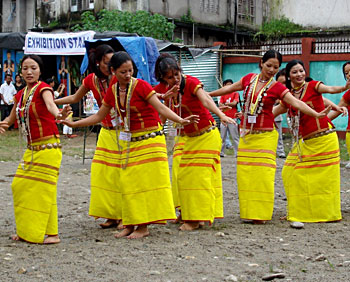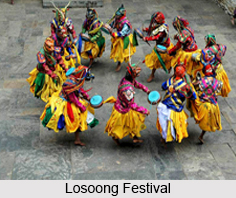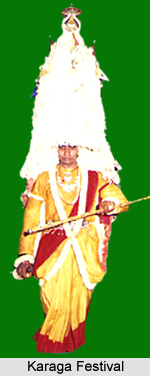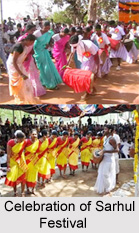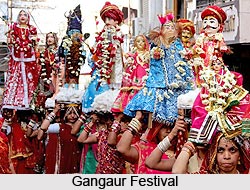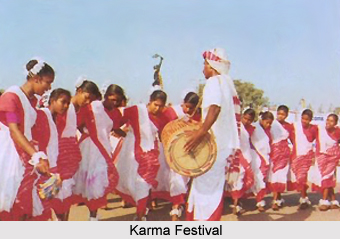Introduction
The Hareli festival is one of the popular festivals of Chhattisgarh. The festival is celebrated with great pomp and show. The word `Hareli` is derived from the Hindi word `Haryali` meaning greenery. It is mainly a festival celebrated by the various communities of farmer in the month of Shravan. The festival is centered around prayers for a rich harvest and success in farming activities.
History of Hareli Festival
The Hareli festival traces its roots to the rich agrarian heritage of Chhattisgarh, where it has long been observed as a tribute to the deities of agriculture. Celebrated at the onset of the monsoon, Hareli marks the beginning of the sowing season and reflects the deep bond between the people and their land. Passed down through generations, the festival continues to uphold traditional customs and rituals, serving as a vital expression of the region’s cultural identity.
Hareli symbolizes the deep connection between humans and nature, highlighting a sense of gratitude toward the land and the tools that support life. Traditionally, the festival is seen as a way to strengthen communal ties and honor the divine forces that oversee agriculture and the natural world.
Significance of Hareli Festival
Hareli festival is celebrated on the Sravana Amavasya or the new moon day of month. It marks the opening of the sacred month for Hindus, Shravan month. Hareli festival is a festival of crop focusing on the monsoon of a year. The Goddess "Kutki Dai" is the reigning deity worshipped in this festival for getting good crops.
The celebration of the Hareli festival corresponds with the months of July and August in the Gregorian calendar. The Hareli festival in Chhattisgarh is celebrated on the new moon day of the month or the Sravana Amavasya.
Hareli festival is of special importance among the Gond tribes. During this time the farmers of Chhattisgarh worship their equipments used for farming and cows. The farmers pray for a good harvest and the basic theme of this festival is manly nature centric. The manifestations in rituals are simple, though the prayers are ardent.
Celebration of Hareli Festival
During the Hareli festival the people of Chhattisgarh place branches of Bhelwa tree on their respective fields. They also hand branches of Neem tree on the entrance of their houses. Neem has medicinal properties that prevent diseases as well as insects. The Baiga Tribe or the traditional medical practitioners of Chhattisgarh teach and appraise their students. The Hareli festival of Chhattisgarh is also marked by playing `Gedi`. It is a play where small children mount on bamboo sticks and walk round the fields. At some places they also take part in a "gedi" race.
Most of the conservative food is made up of rice. Preparations from different types of green vegetable such as Kanda bhaji, Kochai patta, Chowlai bhaji, Lal bhaji, Bohar bhaji and Kohda are eaten by the people. Muthiya that are rice rolls in white sauce, angarkar roti, Chousera roti are some of the preparations that are made with rice flour.
Attractions of Hareli Festival
There are several attractions of Hareli festival that makes it special about the tribes who celebrate it.
Traditional Rituals: Hareli is marked by a variety of rituals and ceremonies devoted to agricultural deities. Farmers offer prayers and express gratitude for rainfall and fertile soil. A key part of these rituals is the worship of cows, revered for their essential role in farming.
Cultural Performances: The festival is enriched with traditional dance, music, and folk art performances. These vibrant displays highlight the region’s cultural legacy and offer lively entertainment for attendees.
Community Feasts: Communal feasting is a central aspect of Hareli. Villagers gather to enjoy meals featuring traditional recipes prepared with seasonal produce, reinforcing bonds of community and shared heritage.
Agricultural Activities: The celebration includes hands-on agricultural events like seed sowing and field preparation. These symbolic acts honor the rhythms of farming life and are carried out with great enthusiasm.
Decorations and Ritual Objects: Homes and public venues are adorned with agricultural themes and motifs. Decorated plows and tools are displayed as part of the rituals, adding a festive and symbolic touch.
Local Crafts and Exhibitions: The festival also features stalls by local artisans, offering traditional crafts, textiles, and handmade goods. These exhibits provide a glimpse into the region’s rich artistic and cultural craftsmanship.
In recent years, the Chhattisgarh government has actively promoted Hareli as a reflection of the state's vibrant cultural heritage. To celebrate the occasion, festivals and fairs are organized, highlighting local traditions, art forms, and regional cuisine, bringing greater recognition to this distinctive festival.
